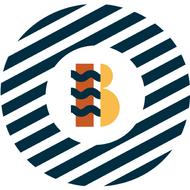Microbiology 201
(View Complete Item Description)Short Description: Microbiology covers the scope and sequence requirements for a single-semester microbiology course for non-majors. The book presents the core concepts of microbiology with a focus on applications for careers in allied health. The pedagogical features of the text make the material interesting and accessible while maintaining the career-application focus and scientific rigor inherent in the subject matter. Microbiology’s art program enhances students’ understanding of concepts through clear and effective illustrations, diagrams, and photographs. Word Count: 239922 Included H5P activities: 4 (Note: This resource's metadata has been created automatically by reformatting and/or combining the information that the author initially provided as part of a bulk import process.)
Material Type: Textbook




















